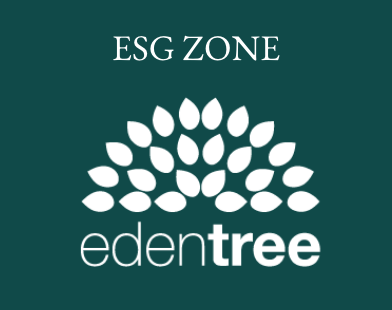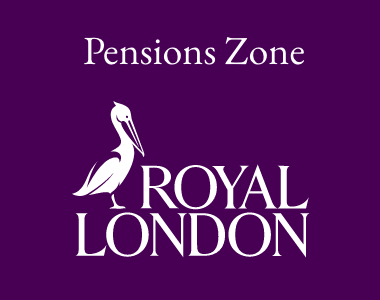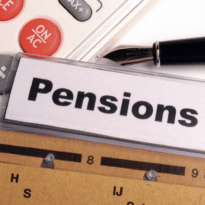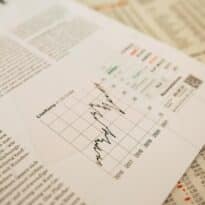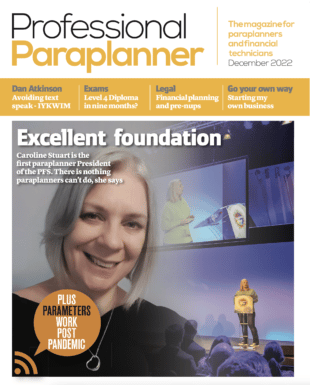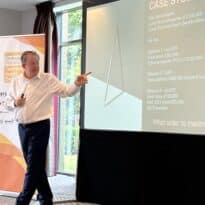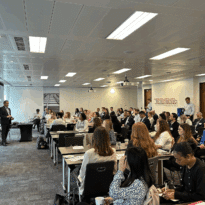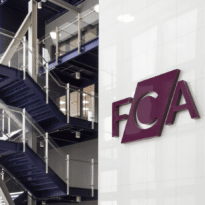What should you do when a client has received a Pension Saving Statement? Jacqueline Clezy, technical manager, looks at why a client may receive a Pension Saving Statement and what action should then be taken.
Why has my client received a Pension Savings Statement?
A PSS relates to an individual scheme, and provides information including the total amount of the pension input amounts (PIAs) made to that scheme for the most recently completed tax year, and PIAs for each of the pension input periods ending in the previous three tax years.
When will a scheme automatically issue a PSS?
A scheme must send a PSS to the member if:
1) PIAs to the scheme in the most recently completed tax year exceed the standard AA, or
2) The scheme administrator believes the member has flexibly accessed benefits and money purchase input amounts to the scheme exceeded the MPAA limit. The PSS must usually be sent by 6 October following the end of the tax year. More about these information requirements.
Does the scheme tell HMRC there’s an AA excess?
An individual scheme will not know if the member has an AA excess. They won’t have information to work out any available carry forward, for example the NHS scheme sends its member pension input amounts for the last four years but won’t know if any contributions have been paid to a personal pension plan etc. It’s the member’s responsibility to work out if they have a tax charge to pay. However, when a scheme automatically sends a PSS to a member, part of HMRC requirements means it also has to let HMRC know a PSS was sent. This means HMRC could anticipate the member reporting a tax charge through self-assessment.
Member may have requested a PSS
If a member intends to make contributions to use up their available carry forward, a PSS will help them identify unused AA amounts. If the member requests a PSS, this will show the same information as an automatic PSS, and the scheme administrator has until the later of three months following the member request and 6 October following the end of the completed tax year to provide it.
When a PSS is received automatically, is there always an annual allowance excess and charge to pay?
Members shouldn’t assume receiving a PSS means they have a tax charge to pay. This is not always the case. It can simply mean the scheme has sent it to comply with HMRC reporting requirements. A scheme won’t know if the member has unused AA available to carry forward. Receiving an automatic PSS is simply a prompt to check total pension inputs don’t exceed the member’s annual allowance. If you’ve already done this, no action is required. If you need to check, first establish pension input amounts for all schemes, bearing in mind it is possible to be a member of multiple schemes with the same provider (such as having Defined Benefits and Career Average or an AVC). A simple way to do this, is to request a PSS from every scheme where the individual was an active/accruing member in the tax year.
What is the member’s AA limit?
This could be the standard AA limit of £40,000, a tapered AA limit between £10,000 and £40,000, and, within either of these limits, the member may also be subject to the money purchase annual allowance (MPAA) of £4,000 for defined contribution inputs.
If total PIAs are more than the member’s AA limit, check for available carry forward
Carry forward can be used for any defined benefit PIAs and also defined contribution/money purchase inputs paid before an MPAA trigger event. Remember you cannot use carry forward to increase your MPAA limit for contributions paid after the trigger event.
How does a member claim carry forward?
If total PIAs are less than the available AA (including carry forward) for the relevant tax year, keep a record of your calculations, in case HMRC asks for evidence. Our AA calculator has a print/save to pdf function that could help with this.
Where there is an AA excess, it must be reported.
If total PIAs are more than the total AA (including any available carry forward, where eligible), then the member works out the tax charge due. The AA charge is not at a fixed rate, but depends on the client’s taxable income, the amount of their pension saving that exceeds their annual allowance, and whether they pay UK, Scottish or Welsh rates of income tax. The client must work out the rate (or rates) of tax that would apply, as if their excess pension savings were added to their taxable income. An annual allowance excess does not create issues with loss of personal allowance, child benefit etc, as it’s not regarded as income for those calculations. However, it’s also worth noting that there is no availability of any unused personal allowance, the AA charge starts at 20%.
A member subject to Scottish Rates of Income Tax (SRIT)/ Welsh Rates of income Tax (CRIT) will pay their annual allowance charge at the relevant SRIT rates or CRIT rates.
The AA charge is reported by completing a self-assessment tax return, even if the member would not normally be subject to self-assessment. The member may not have to pay the charge from their own funds if other options are available. All AA charges must be reported through self-assessment, regardless if the individual pays from their own funds or uses a ‘scheme pays’ option.
Mandatory scheme pays conditions
Madatory sheme pays will not apply for the full amount of any charge where the excess is in respect of an MPAA or TAA excess. The conditions are:
1) The member’s annual allowance charge liability for the tax year exceeded £2,000*, and
2) Their pension input amount for the pension scheme for the same tax year exceeded the standard annual allowance amount (NB not based on either MPAA or TAA amount), and
3) The member notice to the scheme must be submitted by the deadline. For an AA excess in 2018/19 the deadline will usually be 31 July 2020 (although it can be earlier depending on circumstances)
*Where a client exceeds the MPAA, then condition 1 above is based on the total input in excess of the standard AA only. Where these conditions are not met, the scheme may agree to a request on a voluntary basis (see below).
If fails mandatory conditions, the scheme may offer voluntary option but timescales for payment are earlier
Where the conditions for mandatory scheme pays do not apply, it is entirely up to a scheme whether it chooses to offer a voluntary scheme pays option.
The deadline for a voluntary scheme pays tax payment is actually the same as the member’s self-assessment deadline, i.e. 31 January following the end of the tax year the charge relates to. However, as the ‘Accounting for Tax’ process is used, in reality this brings the payment date forward. We provide a case study to explain the important dates and events.



